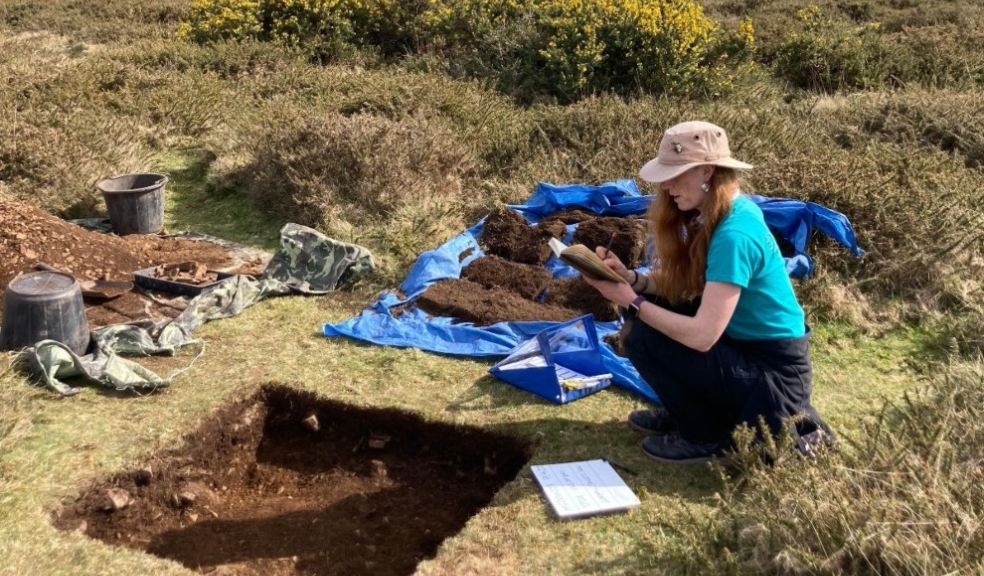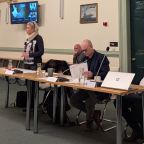
Archaeology aims to uncover more about Dartmoor’s hunter-gatherer past
An ambitious programme of archaeological test pit excavations aimed at understanding more about Dartmoor’s hunter-gatherer past has already unearthed exciting discoveries.
Worked pieces of stone, or lithics , associated with the Mesolithic period have been found as part of a five-week programme of digs at various places on Dartmoor.
The artefacts could help tell us more about the hunter-gatherers who lived on Dartmoor more than 10,000 years ago, adding to the National Park’s reputation as being one of the finest archaeological landscapes in Europe.
University of Leicester PhD student and former DNPA employee Emma Stockley (pictured, above left) is leading the project as part of her research into human occupation during this period.
Mesolithic Dartmoor
Described as being between 10,000 - 4,000 BC, this was a time when rapid warming of the climate following the end of the Ice Age led to the spread of forests over Dartmoor.
Living in small bands, humans exploited these environments for food: people hunted wild animals such as deer and wild auroch cattle and gathered berries and nuts.
They left little physical trace except for the stone tools they used and the debris from their manufacture – artefacts Emma is now looking for.
Uncovering human history
To do this as effectively as possible, she developed a predictive model to determine the likelihood of a particular area to yield lithic scatters. The fieldwork was designed to test and improve this model – with positive results so far.
Her research will also be used to inform land and heritage management policies of protected landscapes, helping to balance conservation efforts against the need to preserve the nation’s cultural heritage.
Emma said: “I’ve always been fascinated by the idea of Mesolithic hunter-gatherers on Dartmoor and the tantalizing clues that these tiny pieces of flint or chert offer us about how communities lived and made use of the surrounding landscape.
"Unlike Dartmoor’s later archaeology, the archaeology from this period is much less obvious and visitors may be completely unaware of this formative time in Dartmoor’s past.
"This research will help to raise awareness of this type of archaeology, and explore ways we can protect the fragile traces of Dartmoor’s hunter-gatherers into the future."
Preparation for archaeological excavations begin well in advance of any work on the ground getting started: careful modelling, meticulous research, and landowner and commoner support have been crucial in making it happen as has the commitment and enthusiasm of 50 volunteers, some of which are pictured here.
Dartmoor National Park Archaeologist Dr Bray said: “We’re delighted to support Emma’s research and it’s great to see so many people helping out – a wonderful way of getting to grips with prehistoric Dartmoor.
“Not only will Emma’s research add to our knowledge of this important period in Dartmoor’s human past but it will also help us develop techniques for managing Dartmoor’s archaeological heritage so the landscape is better understood, valued and looked after."
Emma’s studies are funded by the Arts and Humanities Research Council through the Midlands4Cities Doctoral Training Partnership. She is supervised by Dr Lee Bray, Dartmoor National Park Authority; Dr Laura Basell, University of Leicester and Professor Henry Chapman, University of Birmingham.












